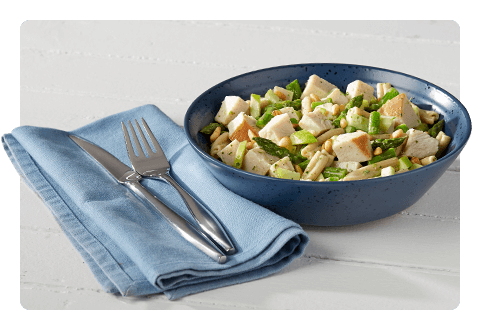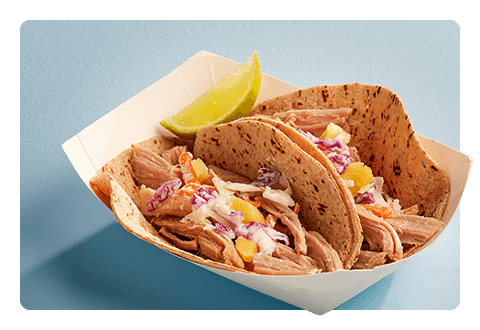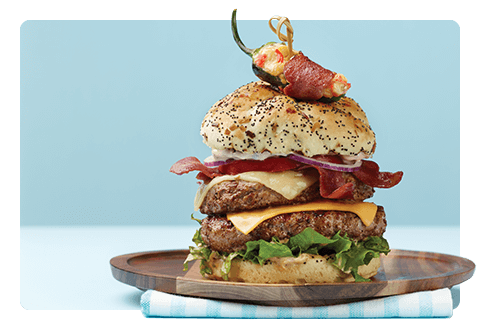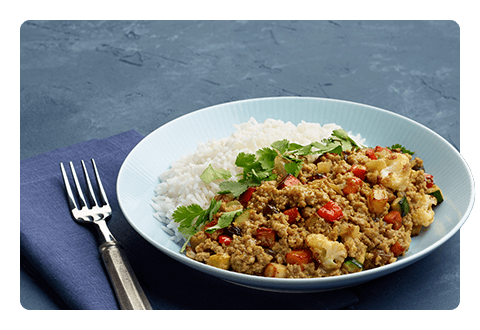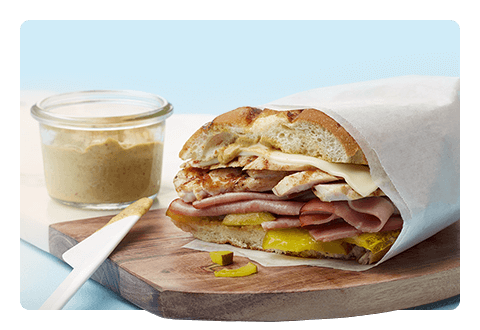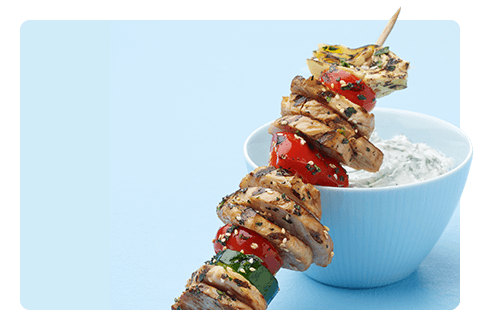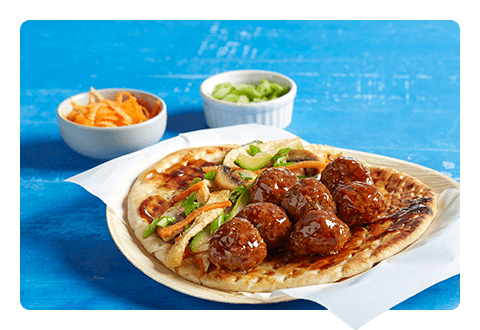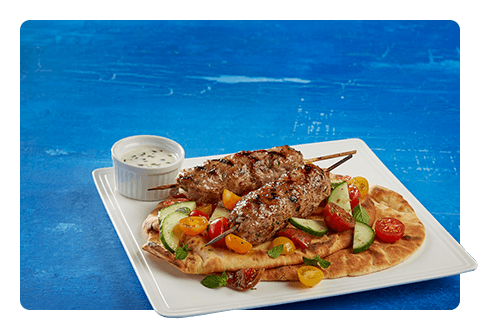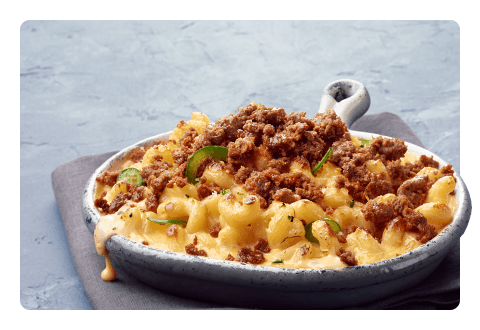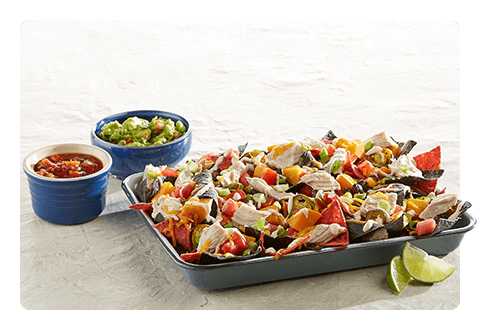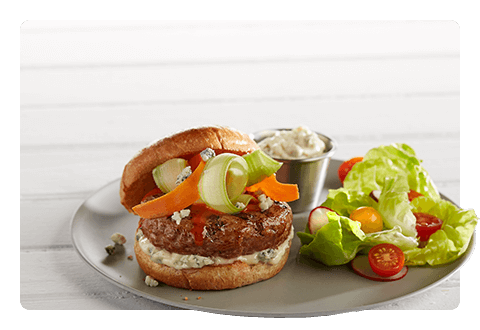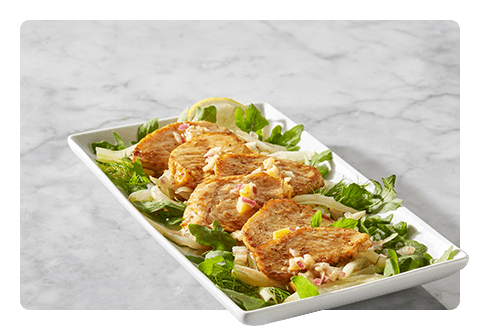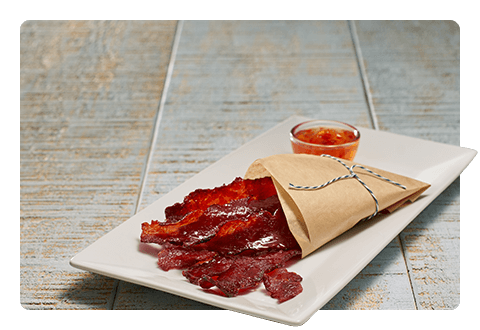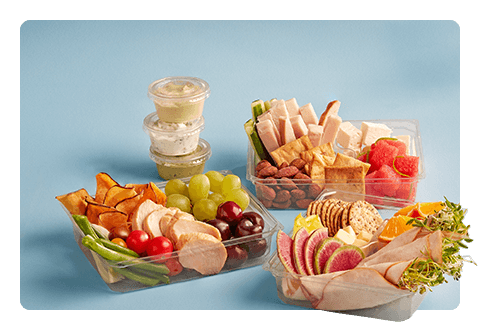How Mediterranean Flavor Is Finding its Way onto More Menus
November 2018
In a fast-casual market that was once saturated with Mexican food and pizza chains, Mediterranean flavors have now taken center stage. The National Restaurant Association ranked Mediterranean as the eighth perennial-favorite flavor of 2018, and—based on the rapid growth of chains like CAVA and Zoës Kitchen—it’s poised to play an increasingly prominent role on menus moving forward. Here are some things to know about this ethnic sensation:
- The term Mediterranean is used broadly, but at its essence, the cuisine consists of flavors from southern Europe, northern Africa and/or the Middle East. This includes fresh olives; olive oils; yogurts; cheeses, such as feta and halloumi; and an abundance of spices, including cumin, coriander and saffron. Typically incorporated are juicy vegetables, like eggplants and tomatoes, and proteins are oftentimes sourced from nuts, peas and meats. This Mediterranean Turkey Burger provides a good look at a dish that incorporates multiple unique aspects of Mediterranean cuisine.
- Modern Mediterranean, which encompasses some of the ingredients mentioned above, has found its footing in the United States, as 66% of U.S. consumers are interested in Middle Eastern foods at restaurants. With a combination of all-American turkey, Boursin cheese and fresh fig, these turkey tempters are a great example of traditional Mediterranean flavor with an American spin.
- Classic favorites, like hummus, pita and falafel, have become comfortable additions to many Americans’ diets, which has opened a window for bolder spices, like harissa, cardamom and za’atar, to make their way onto menus around the country.
- Many Mediterranean dishes—from both southern Europe and the Middle East—have gained popularity because their use of healthy ingredients aligns well with the rise in better-for-you demands. Superfood-filled items, like this power salad, do well with consumers looking for both flavor and wellness.
- These flavors are a hit behind the bar as well, and the cool taste of mint is a welcome balance to the spices in many Middle Eastern dishes. Mint increased 48% as a nonalcoholic drink ingredient and 23% as an alcoholic drink ingredient from 2015 to 2017, which could play hand in hand with the rise in Mediterranean foods.
Operations that have embraced Mediterranean food are riding a wave, especially in fast casual, a segment that’s expected to be worth nearly $70 billion by 2020. However, the trend is likely to benefit all operators who embrace this change, as Middle Eastern cuisine grew on U.S. restaurant menus by 32% from 2015 to 2017. Wherever your roots lie as an operator, it’s an ethnic trend worth keeping your eyes on.
Have you incorporated any Mediterranean items on your menu? Join the discussion on our Facebook or LinkedIn pages. To read about more trends happening in foodservice, visit our Resource Center.
SOURCES
Jennings, Lisa. 12 fast-casual Mediterranean concepts poised to grow, Restaurant Hospitality, February 2018.
What’s Hot 2018 Culinary Forecast, National Restaurant Association, December 2017.
Boston Tables: Mediterranean, Nation’s Restaurant News, April 2018.
Tyler, Jessica. Middle Eastern cuisine is poised to take over America, and it reveals a huge change in how people like to eat, Business Insider, August 2018.
Schouten, Rebekah. Six flavor trends shaping the food service industry, Food Business News, April 2018.

